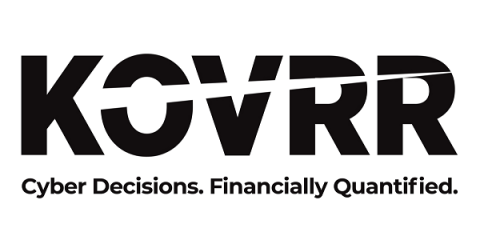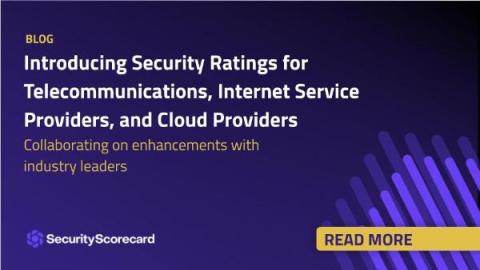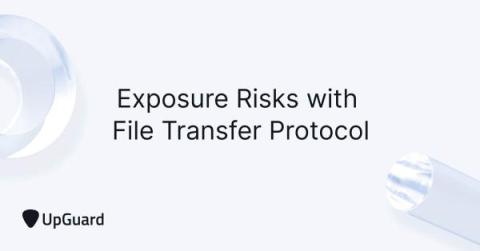The Need For a Shift Up Strategy, Using CRQ for Resilience, Part 1
In the cyber age, data has become nearly as valuable as oil. While this market shift offers many new learning and growth opportunities for professionals across industries, the immeasurable amount of data is often quite overwhelming to non-analysts, leaving them feeling more lost than when they began their inquiries. This situation often rings true for cybersecurity leaders tasked with protecting an organization's digital assets against attacks and increasingly malicious actors.








